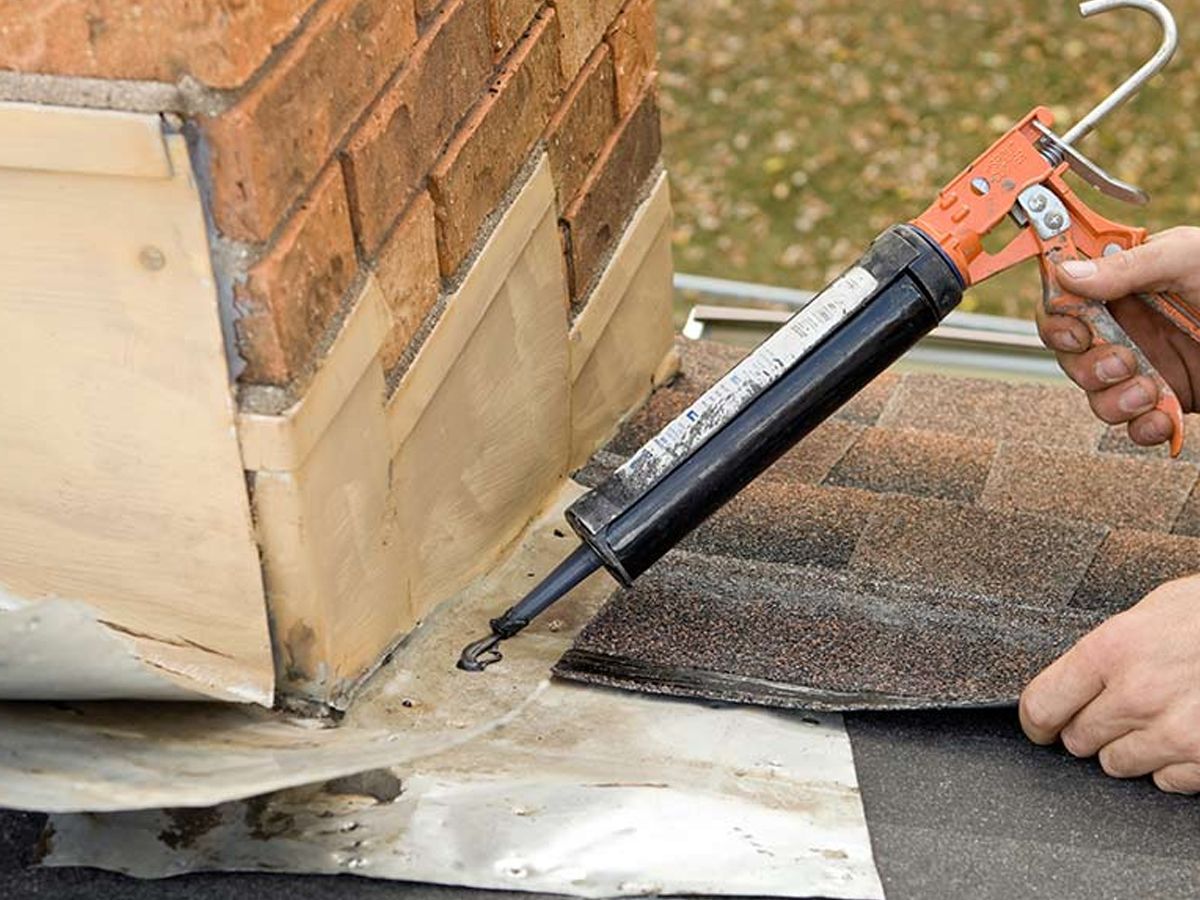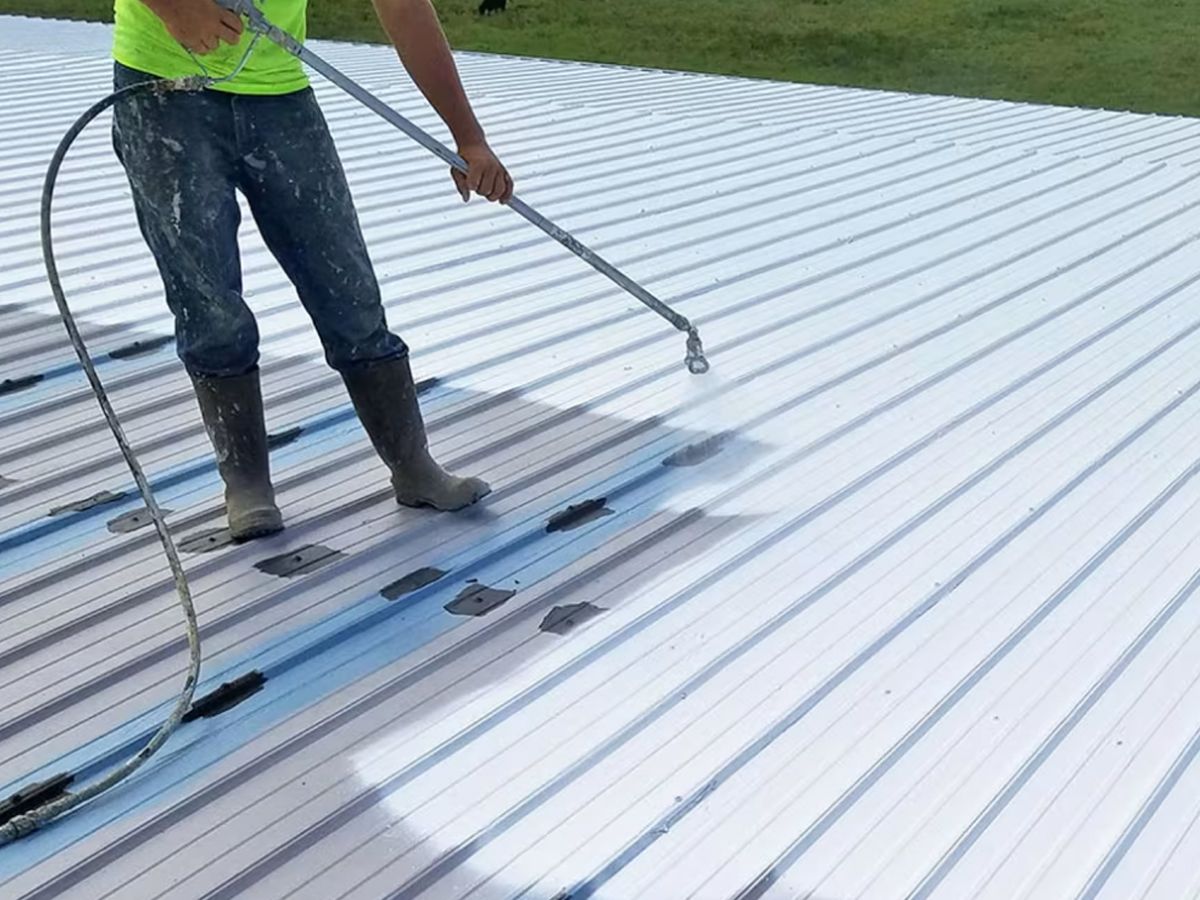About The Author
ANCHOR POINT ROOFING
If you’ve ever gazed up at your roof and wondered about those metal strips around your chimney, or if the term “chimney flashing” sounds like a foreign language to you, don’t worry – you’re in the right place.
Chimney flashing, often overlooked in the grand scheme of home maintenance, quietly stands as a cornerstone of your home’s protection. It shields your residence from the relentless forces of nature, ensuring that it remains a sanctuary of comfort and dryness, regardless of the weather conditions outside.
In this blog, we’ll break down the fundamentals of chimney flashing, shedding light on its purpose, types, importance, and why it’s a vital component in keeping your home safe and secure.
What’s inside this read:
- Why chimney flashing is important
- Different types of chimney flashing
- Why proper installation is key
- 4 signs of chimney flashing problems
Read to learn everything there is to know about chimney flashing!
CHIMNEY FLASHING: A MAJOR PLAYER IN YOUR HOME’S DEFENSE

Before we get into why chimney flashing is so important, let’s start with the basics:
Chimney flashing is the material installed around the base of your chimney where it meets the roof. Its primary purpose is to keep water from seeping into your home through the gap between the chimney and the roof. This might sound simple, but it’s a task that requires precision and quality materials to be effective.
WHY IS CHIMNEY FLASHING IMPORTANT?
Residential roofing refers to the type of roofing material and projects you would see in residential homes around your neighborhood. These roofs typically have a distinct slope to them and often use asphalt shingles, cedar shakes, or composite shingles.
That being said, residential flat roofs are not unheard of. You might see these in more modern architecture or for extra structures like garages. If you live in a big city like Chicago, though, you may see more residential properties sporting flat roofs than usual!
COMMERCIAL ROOFING ????
You are most likely to find EPDM roofing systems or other types of flat roofs on commercial buildings. The term ‘flat roof’ is a bit of a misnomer, though. Flat roofs actually do have a slight slope to them! This allows them to properly drain water and avoid water damage.
Commercial roofing systems have many benefits, including:
4 TYPES OF FLAT ROOFING MATERIALS
While our post today focuses on EPDM roofing material, you’ll likely come across many different terms while researching flat roofing material. Here are some of the most common types of flat roofing that you will hear about.
1) EPDM ROOFING
We couldn’t start this list without shouting out an EPDM roof! An EPDM rubber roof (also known as ethylene propylene diene terpolymer) is a type of single-ply flat roofing material that is versatile and durable. It is a newer form of flat roofing material that was only developed in the past fifty years and addresses some of the problems faced with older flat roofing systems.
An EPDM roofing membrane can be purchased in a wide range of colors and can last for years!
2) BUILT-UP ROOF
While EPDM may be one of the newer materials, built-up roofing (BUR), is one of the oldest forms of flat roofing materials. BUR roofs are created by layering tar and gravel onto your roof in order to create a moisture barrier. Not only is it less effective at protecting your property from severe weather damage than some other methods, but it is also one of the more expensive forms of flat roofing and only lasts around 15 years.
That being said, you will find that it does a very good job of keeping water out and is very easy to maintain.
3) TPO ROOFING
TPO is another type of roofing membrane that has grown in popularity. However, it isn’t chosen as often as an EPDM roof simply because it is more expensive. That being said, it can be a good choice if you live in a cold region, as it resists shrinking when the temperatures drop.
4) SPRAY FOAM ROOFING
A spray-on roof isn’t the prettiest option, but it is pretty effective at keeping out water. If you’re just looking to get the job done and not have to worry about it, spray roofing may be right for you!
HOW MUCH DOES EPDM ROOFING COST?
The big question! How much can you expect to pay for an EPDM roof?
The EPDM roofing product itself typically costs between $3-$10 per square foot. This means that for the average commercial roof, you can expect to pay anywhere between $6,000-$18,000 for a full roof replacement.
HOW LONG DOES EPDM RUBBER ROOFING LAST?
If the idea of shelling out thousands of dollars to replace your entire roof has you shaking in your boots, don’t worry! For all of that money, you are getting decades of use! The durable EPDM membrane can last 30 years, with many reporting up to 50 years of use, with good maintenance!

Proper maintenance is essential to extend the lifespan of your chimney flashing and ensure it continues to do its job effectively. Here’s a simple checklist:
CAN YOU DIY YOUR ROOF REPLACEMENT?
Many cost-conscious homeowners try to pinch pennies by attempting to do their own roof replacements. And while we won’t say that it CAN’T be done – it certainly has been done in the past – we also can’t recommend it.
As we’ve mentioned previously, your roof is a vital part of protecting your home. DIY installation could lead to problems down the road that could have been avoided with professional help. Additionally, any job that requires you to climb up on your roof comes with some inherent danger.
If you feel at all uncertain, we recommend relying on a professional roofer.
COULD CHIMNEY FLASHING BE JUST WHAT YOU NEED?
Chimney flashing may not be the star of the show when it comes to home improvement, but it’s undoubtedly one of the major players that protect your home from the elements. From preventing water damage to preserving your home’s energy efficiency, chimney flashing plays a vital role in maintaining the comfort and integrity of your home.
Remember, proper installation and regular maintenance are key to ensuring that your chimney flashing keeps doing its job effectively. So, next time you cozy up by the fireplace, take a moment to appreciate the humble chimney flashing that’s silently keeping your home safe and snug.
Contact one of our roofing pros at Anchor Point Roofing for a free quote on your next roofing project!





